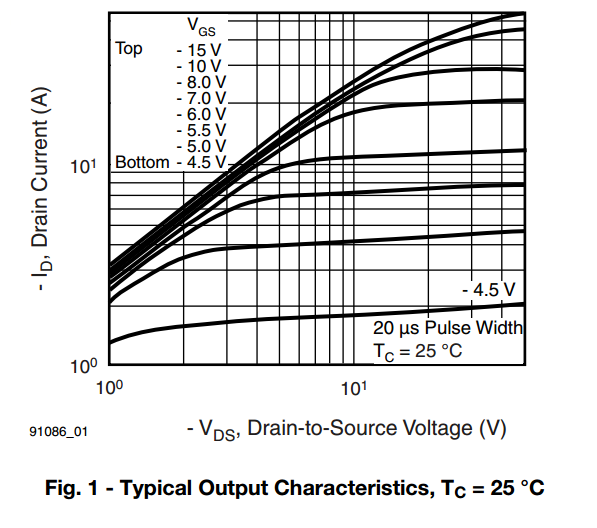This is a screenshot of IRF9640 MOSFET datasheet. Will you please tell me, what is meant by max and min value of Vgs threshold voltage. Also what they mean by test condition.
Whether the max and min values are only applicable for specified test condition? What will be the threshold voltage for a switching circuit and how the range varies?
My doubt is, for p channel mosfet to turn on Vgs < Vgs(th). For IRF9640 in what volt it will turn on -3 or -5? When i used in my application Vs is 6v and Vg is 3v hence Vgs=-3v but it won't turned on, Why? It turned on when Vgs=-3.3v.
If we consider -2v as threshold, it should turn on when Vgs=-3v. Why they given a range for threshold voltage. Whether we have to test each mosfet to know their threshold. What i am pointing is that, if we have two IRF9640, will Vgs(th) is differ from each other?



Vgs(th) max, notVgs(max)! The latter could easily be interpreted as the maximum allowed voltage across gate and source, a value typically between 10 and 20 volts. A different parameter entirely. Don't make up notation if you don't know what it means ;) \$\endgroup\$